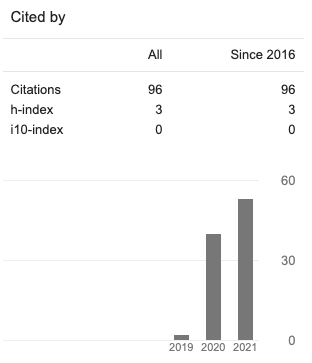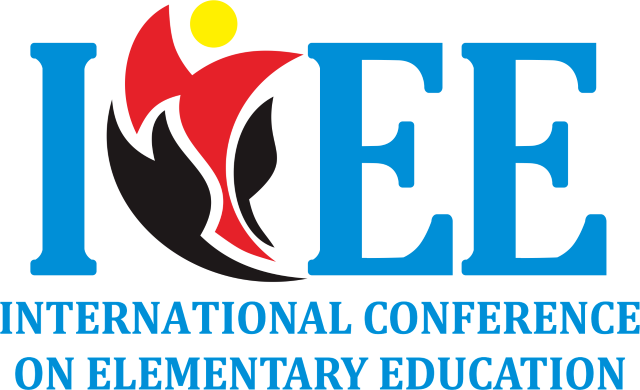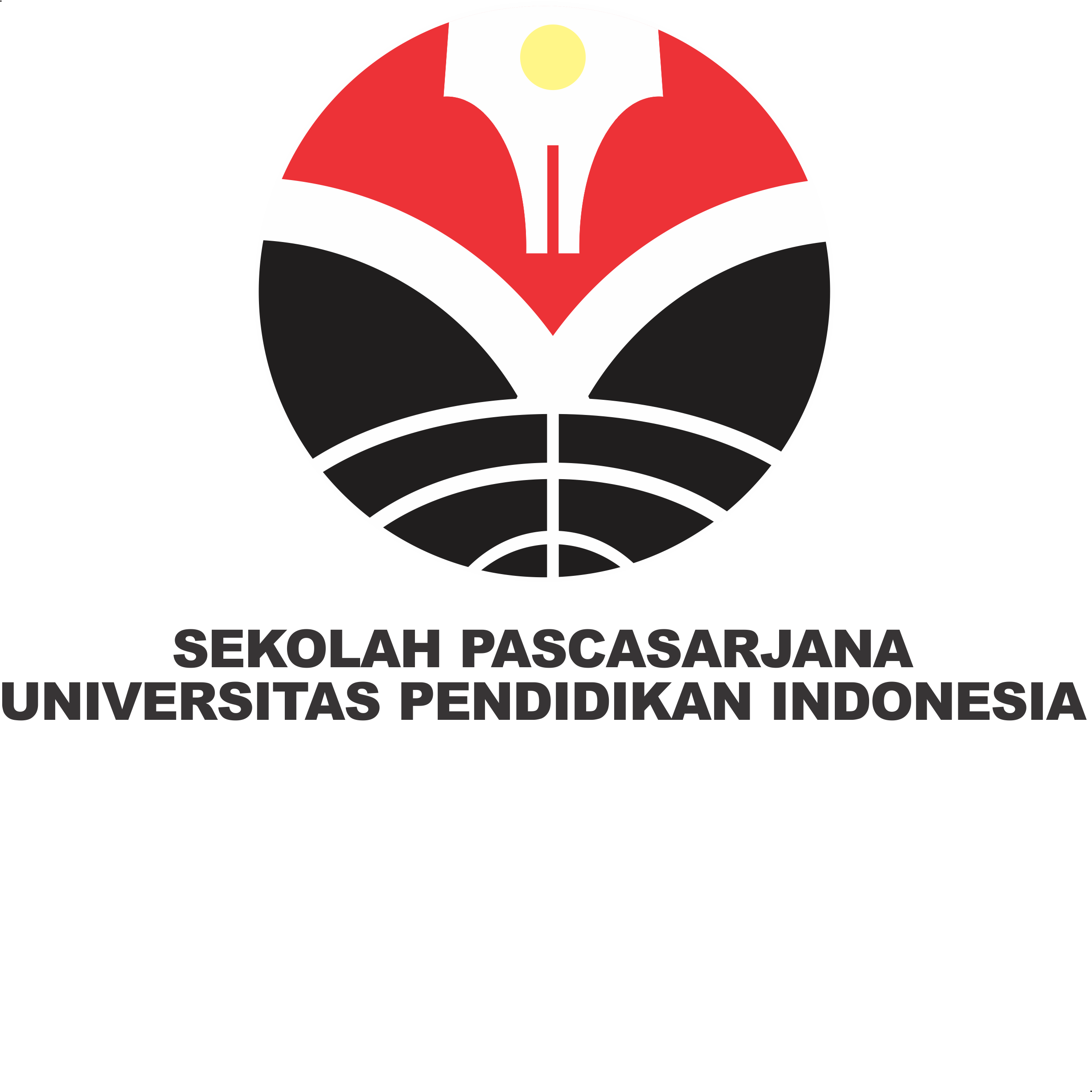Analysis of the Role of the Two Stay Two Stray Cooperative Learning Model in Forming 21st Century Skills for Elementary School Students
Abstract
Nowadays, globalization is developing rapidly, especially in terms of science and technology, which has both positive and negative impacts on the world of education. The positive impact of the development of globalization in the field of technology makes it easier for educators to find references regarding creative and innovative learning methods or models. The negative impacts of the development of globalization are acting without thinking, being consumed by hoaxes, losing a sense of tolerance and distancing oneself from friendship groups. Therefore, the world of education plays an important role in forming 21st century 4C learning skills which are really needed in the future in facing various problems based on the times. The aim of this research is in implementing the Two Stay Two Stray learning model, students can develop creative thinking skills, critical thinking skills and problem solving, communication and collaboration. The method used is a qualitative descriptive method with data processing techniques drawing conclusions regarding the application of the learning model in forming 4C learning skills in the 21st century. The results of the research after applying the Two Stay Two Stray learning model are 1) the application of the two stay two stray learning model is in accordance with the syntax learning model and students understand the learning process well, 2) the two stay two stray learning model has an important role which unconsciously has a good impact on the formation of 21st century skills, 3) the evaluation obtained from the application of the two stay two stray learning model received praise from homeroom teacher
Copyright (c) 2024 Monika Artauli Nainggolan, Sapriya

This work is licensed under a Creative Commons Attribution 4.0 International License.















